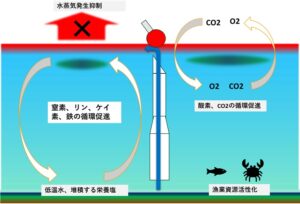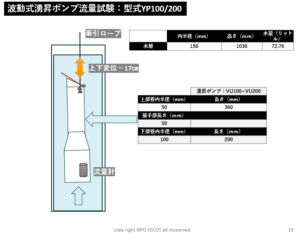Reducing water vapor supply to typhoons (hurricanes) and revitalizing fisheries = Phase-free artificial upwelling
What is Phase Free?
It refers to a design concept and method of use that can always demonstrate its function and value, regardless of “phase” such as a specific disaster or normal times.
In other words, during normal times, it contributes to environmental conservation and industrial promotion, such as revitalizing marine ecosystems, maintaining and recovering fishing grounds, and promoting CO2 absorption.
On the other hand, when a typhoon approaches, the swells that arrive in advance increase the amount of water pumped by the upwelling pump, lowering the sea surface temperature and suppressing the supply of water vapor.
It is believed that such automatic control functions will help reduce typhoon damage.
Multifunctionality and responsiveness of the wave upwelling pump
This concept differs from conventional equipment and infrastructure that is limited to specific uses, such as “for disasters only” or “for normal times only,” and aims to achieve both everyday utility and safety and security in emergencies .
Application Examples
Specific application examples of the wave upwelling pump are as follows:
- Normal times:
- The supply of nutrients by the upwelling of deep ocean water increases phytoplankton and fish stocks and revitalizes fishing grounds.
- Decreasing sea surface temperatures will increase CO2 absorption and improve the marine environment
- In emergency situations (disasters):
- Lowering sea surface temperatures will suppress the development of typhoons and hurricanes and reduce damage.
In this way, the “phase-free” concept means that the wave upwelling pump can contribute to solving social issues sustainably and in a multifaceted way, regardless of whether it is peacetime or an emergency..
AI assessment that this is not deep ocean water upwelling
The advantages and disadvantages of not using deep seawater due to concerns about its impact on the surrounding environment
*AI (perplexity.ai) answer
The advantages and disadvantages of NPO Escot’s wave upwelling pump, which pumps shallow water (low-layer water) rather than “deep ocean water” , are as follows:
merit
- Low installation and operating costs:Shallow water is pumped from a relatively shallow layer about 2 to 3 meters deep, so the size of the equipment and installation costs are significantly lower than with conventional methods that target deep water (several hundred meters deep). Itcan be constructed using general-purpose PVC pipes and materials available at home improvement stores, and fishermen can make and install it themselves, making it economical..
- Can be driven only by wave power – Zero energyBecause it pumps up shallow layers of water, it operates sufficiently with wave power alone and does not require external power sources or fuel. It can operate on small waves, in inland seas, and lakes, so there is a high degree of freedom in where it can be installed..
- The device has a simple structure, which makes it highly durable and easy to maintain. It is also easy to replace and repair parts..
- Activation of ecosystem and fishing reef effectEven in shallow waters, there is a sufficient temperature difference and nutrient salts compared to deeper waters, which is expected to promote the growth of phytoplankton and seafood, activate the ecosystem, and have a fishing reef effect..
- Efficient cooling of sea surface temperaturesWhen sea surface temperatures rise in summer, pumping up cold water from shallow layers (1 to 3 degrees Celsius cooler than the sea surface) can help prevent typhoons and hurricanes from becoming larger..
Disadvantages
- The cooling and nutrient effects are limited compared to deep water.Shallow water has a smaller temperature difference and nutrient concentration than deep water, so the cooling effect and impact of ocean fertilization are limited.Large-scale climate control and fishing ground creation require more devices and wider area deployment..
- Verification of long-term effects and sustainability is necessary.There is little long-term empirical data on the effects of shallow water circulation and its impact on the entire ocean area compared to conventional technologies that use deep seawater, so further verification is required..
- Not suitable for large-scale deep-sea water upwelling in the open ocean.For projects that require large-scale deep-sea water upwelling in the open ocean, the shallow water pumping method may not be effective enough..
SummaryEscot’s wave upwelling pumps for pumping shallow water are cost-effective, easy to install, and easy to operate, making them suitable for local fisheries, coastal environment improvement, typhoon prevention, etc.However, compared to large-scale cooling and marine fertilization using deep seawater, there are limitations to the scale and sustainability of the effect, so it is important to use them according to the purpose and scale.
Commentary based on observational data
1. Decreasing sea surface temperature due to typhoons
It is known that the temperature of the sea surface drops rapidly when a typhoon passes.
However, on the other hand, there is a risk of serious damage occurring.
With wave upwelling, the energy of the swells from the typhoon starts to pump up the low-lying cold water.
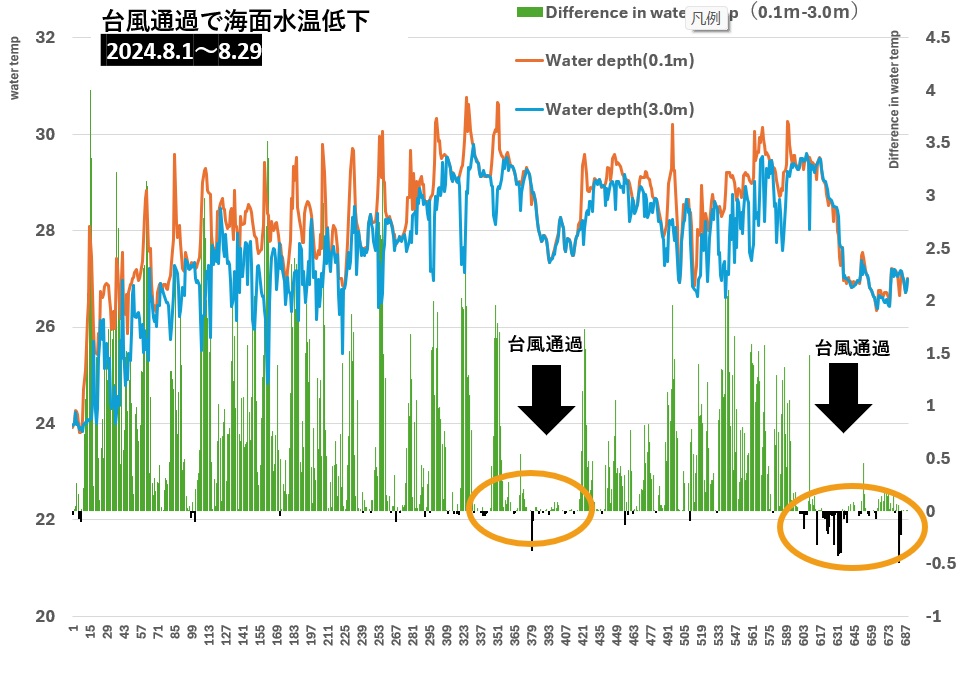
2. Rapid cooling in advance:
Wind waves caused by a typhoon start cooling the ocean surface at an early stage (image)
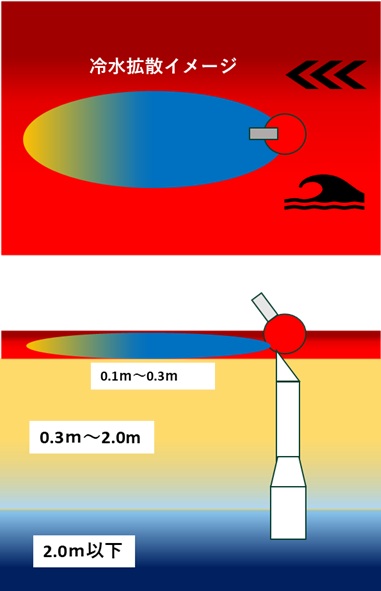
* Uses cold water from a depth of 3m
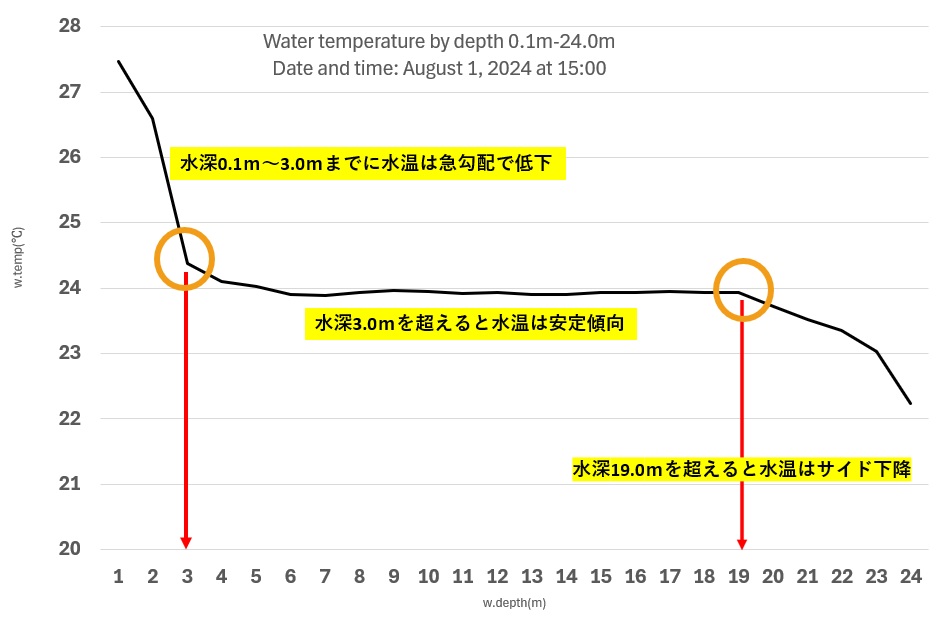
3. During normal times, it promotes nutrient circulation and CO2 and oxygen absorption. (Image)

4. Improved installation method: Fixed rope inside the upwelling tube
- Preventing ecosystems from growing inside
- Consideration for fishing boats and anglers
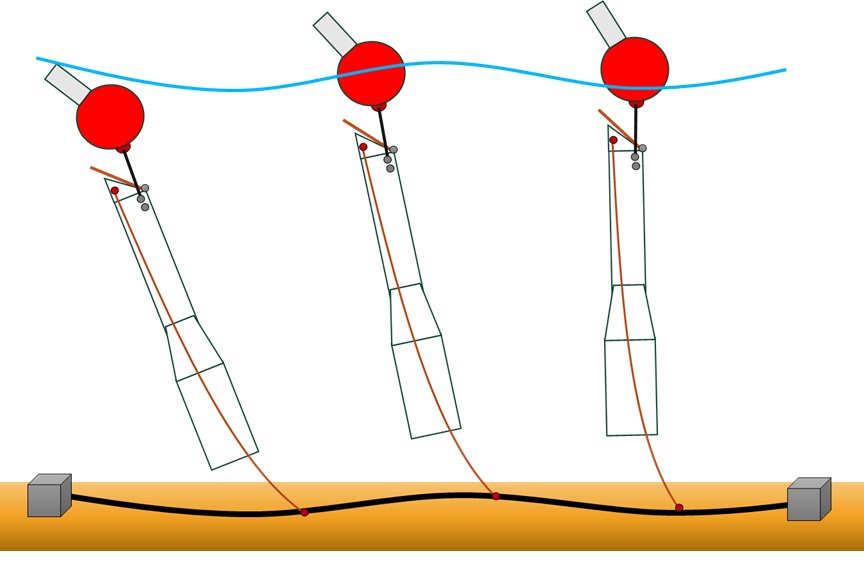
5. The inside of the upwelling pipe and its cleaning function by shellfish and seaweed

6. Sea surface cooling effect due to artificial upwelling
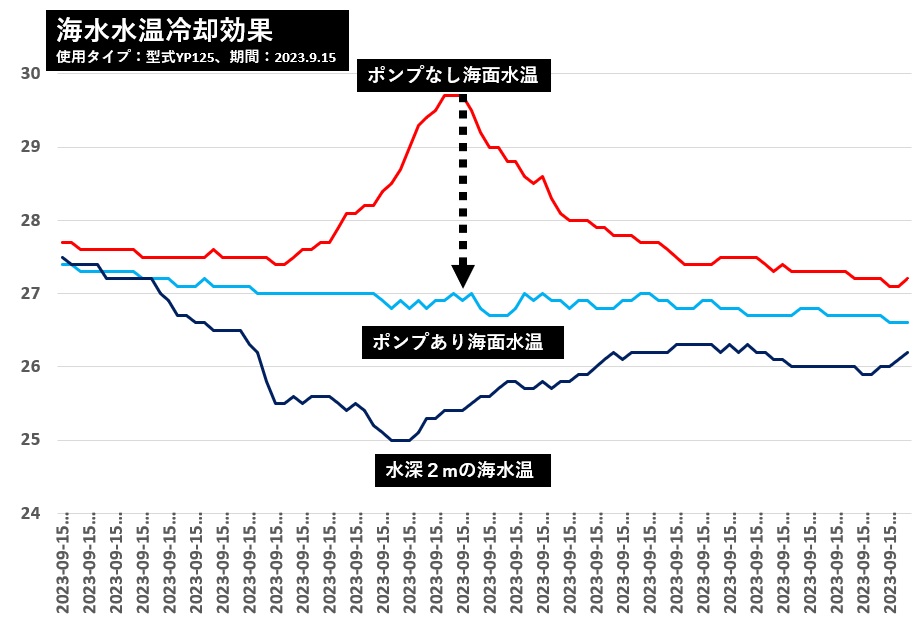
7. Improved upwelling pump

8. Wide, diagonally cut check valve that can handle a variety of waves (patented)


9. Video
Climate change countermeasure mechanism of the wave upwelling device ⇒Click here
Wave upwelling pump explanation video ⇒here
NPO Escot
4-17 Higashikamicho, Kashiwa City, Chiba Prefecture, 277-0011
Testing Center 768-22 Kamifuse, Onjuku Town, Isumi District, Chiba Prefecture
tel: +81-4-7166-4151
mobile: +81-80-4365-0861
fax: +81-4-7166-4128
https://www.npo-escot.org
ser.kashiwa@gmail.com
